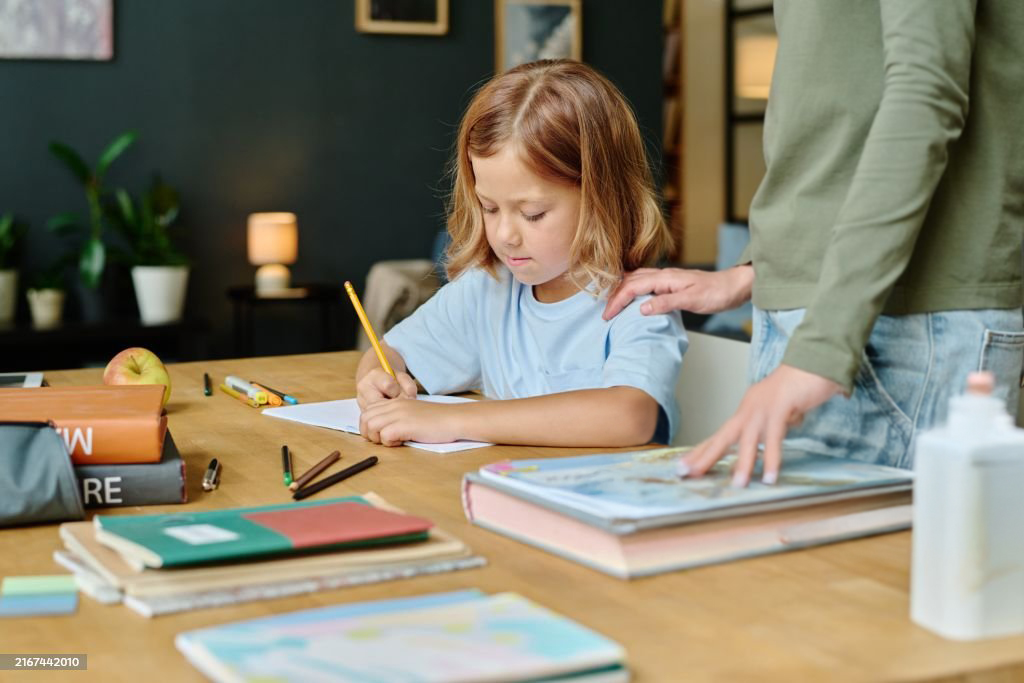
Comparing numbers in grade 2
Learn to compare numbers with myBlee Math. Interactive exercises and printable worksheets to master this essential skill from Grade 2.
Comparing numbers is easy with myBlee Math
Comparing whole numbers means looking at two numbers to figure out which one is greater, which one is smaller, or if they are equal.
For example, if you have 8 candies and your friend has 12, we compare 8 and 12: 12 is greater than 8, so your friend has more candies than you.
To make these comparisons, we often use signs: < means 'less than', > means 'greater than', and = means 'equal to'. So we write: 8 < 12 or 12 > 8. Comparing numbers is useful every day: to know who has the most points in a game, how many days are left until your birthday, or which team scored the most goals.
The more you practice, the easier and more natural it becomes! So practice with myBlee Math.
The goal of comparing numbers in elementary school
Learning to compare numbers from the beginning of elementary school is essential to building strong math foundations. This skill helps students develop a sense of order, logic, and a better understanding of quantities around them.
The exercises help students visually identify differences between numbers, use the signs <, >, or =, and make accurate comparisons. With a gradual approach, students learn to spot the largest or smallest numbers, whether written in digits or words.
The goal: to help them build confidence to reason carefully, follow instructions better, and strengthen their skills in calculation and problem-solving.
Exercises to learn how to compare numbers, adapted for all students
Our exercises for comparing numbers are designed to support all students, regardless of how familiar they are with concepts of size and order. Each worksheet follows a thoughtful progression, allowing each child to advance at their own pace.
Grade 2 students start with simple comparisons between two numbers, then move on to more complex cases, with subtler differences or sets of numbers to sort. The aim is to help them structure their thinking, sharpen their observation, and use math symbols correctly.
Thanks to this step-by-step approach, children build strong habits to read, understand, and compare numbers with confidence.
Printable worksheets on comparing numbers for practice at school or home
To support learning about volume and mass in elementary school, the myBlee Math app is an excellent complement to printed materials. Designed for students from elementary through 6th grade, it offers interactive activities to estimate capacities, use units like liters or kilograms, and make simple conversions in a fun and gradual way.
Children can practice at their own pace, check their answers, and get immediate feedback. Additionally, printable or downloadable PDF worksheets offer a structured resource, ideal for practicing at home or in class.
A guided voiceover walks students through each step to help them understand volume and mass while building useful daily habits.
Discover the app